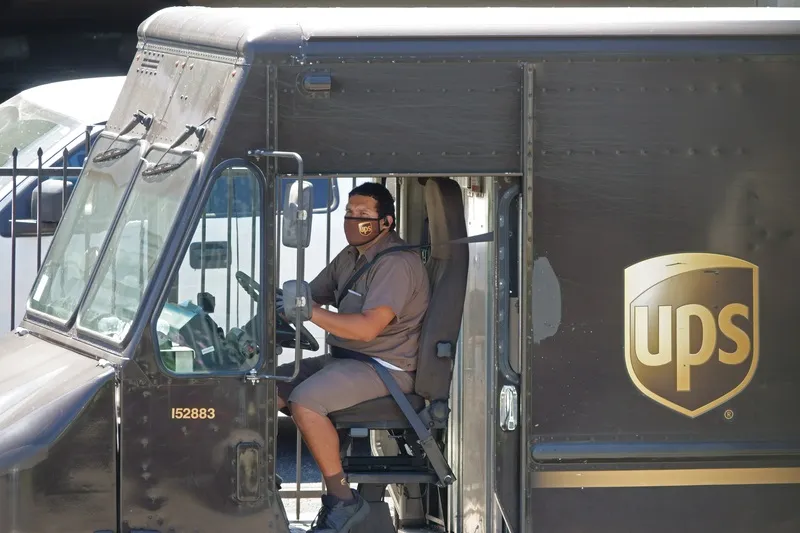Rediweld has introduced a new narrower version of its surface-mounted Orca cycle lane separator called the Orca Kerb which is only 150mm wide rather than 200mm as in the original unit.
On the cycle side of the 100mm high Orca Kerb is a splayed face to guide a cycle tyre back into the lane rather than tripping the cyclists, while on the traffic side is a vertical half-battered face to deter vehicles crossing into the cycle lane. Also unlike the original, the recycled rubber Orca Kerb comes in lengths of up
June 16, 2015
Read time: 1 min

On the cycle side of the 100mm high Orca Kerb is a splayed face to guide a cycle tyre back into the lane rather than tripping the cyclists, while on the traffic side is a vertical half-battered face to deter vehicles crossing into the cycle lane. Also unlike the original, the recycled rubber Orca Kerb comes in lengths of up to 1m allowing intermittent or continuous segregation of cycle lanes.









